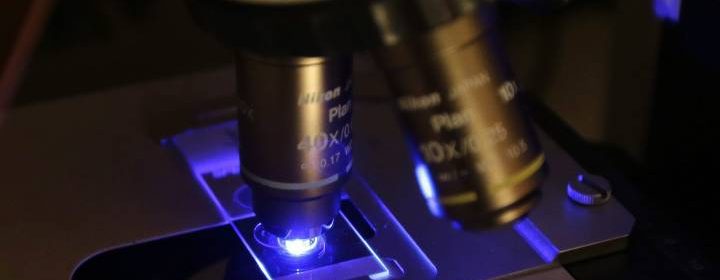Innovative Indigenous health centre to incorporate cultural elements in fight against HIV in Manitoba and Saskatchewan

An Indigenous-led research centre tackling the rise in HIV and other sexually transmitted infections is one step closer to reality after a $2.84 million federal grant from the Canadian Institutes of Health Research.
The centre, which will address STIs among First Nations, Inuit and Métis populations in Saskatchewan and Manitoba, is being spearheaded by Indigenous researchers at the University of Saskatchewan.
While the physical location of the centre is yet to be determined, Saskatchewan’s status as the province with the highest rates of HIV makes it a logical choice. The number of new HIV cases in Saskatchewan is almost triple the national average. The province is also home to the highest rates of Hepatitis C among Indigenous people.
“This centre will provide the much-needed infrastructure to leverage the Indigenous and non-Indigenous researchers, clinicians, government and community to work together to address the rise in HIV,” said Dr. Alexandra King of the university’s College of Medicine.
“Saskatchewan and Manitoba have rich and diverse expertise in the areas of HIV, Hepatitis C and sexually transmitted and blood-borne infections (STBBIs).”
The centre is expected to employ a concept called ‘two-eyed seeing’ – a mixture of Indigenous and western worldviews and knowledge.
“It will build approaches grounded in Indigenous philosophies and methodologies,” said King.
“For Indigenous people, place, history and social contexts matter and are integral to developing interventions that work.”
The project’s community-based approach will also involve traditional, ceremonial and spiritual aspects of wellness and culturally responsive programs using an “anti-oppressive” approach.
“Given colonialsim and resulting historical trauma, Indigenous health and well-being has been interrupted, resulting in widespread disparities,” said Dr. Derek Jennings, the centre’s Community Engagement Director, also based at the university.
“HIV/AIDS is just one of the disparities that has arisen. However, it’s preventable and treatable.
“Working in partnership with Indigenous communities, we hope to identify specific needs around HIV/AIDS prevention, testing and treatment and assist in building the infrastructure to lower these rates, which cannot be ignored.”
Sign up for our Health IQ newsletter
© 2019 Global News, a division of Corus Entertainment Inc.
Source: Read Full Article
